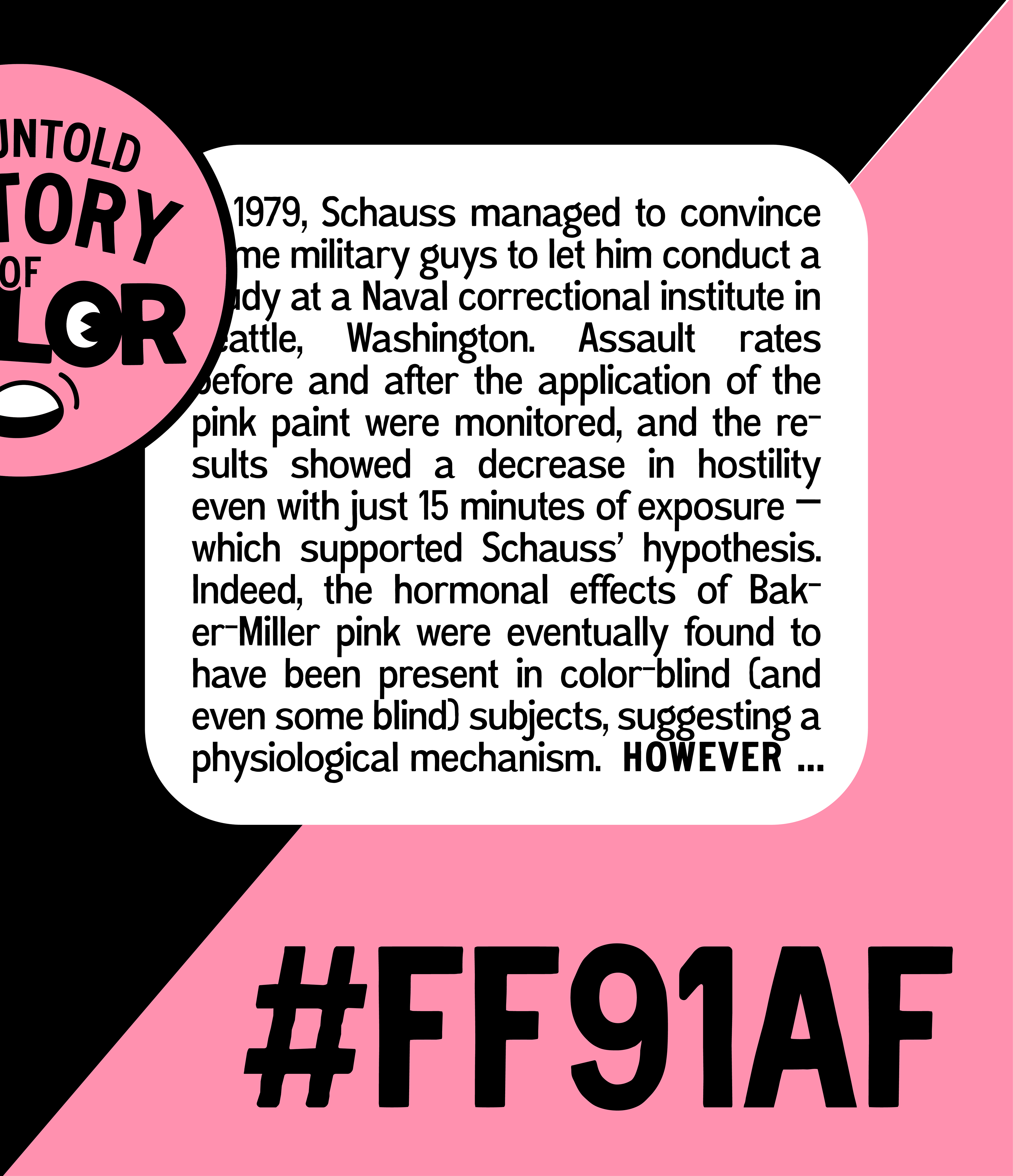The Untold History of Color
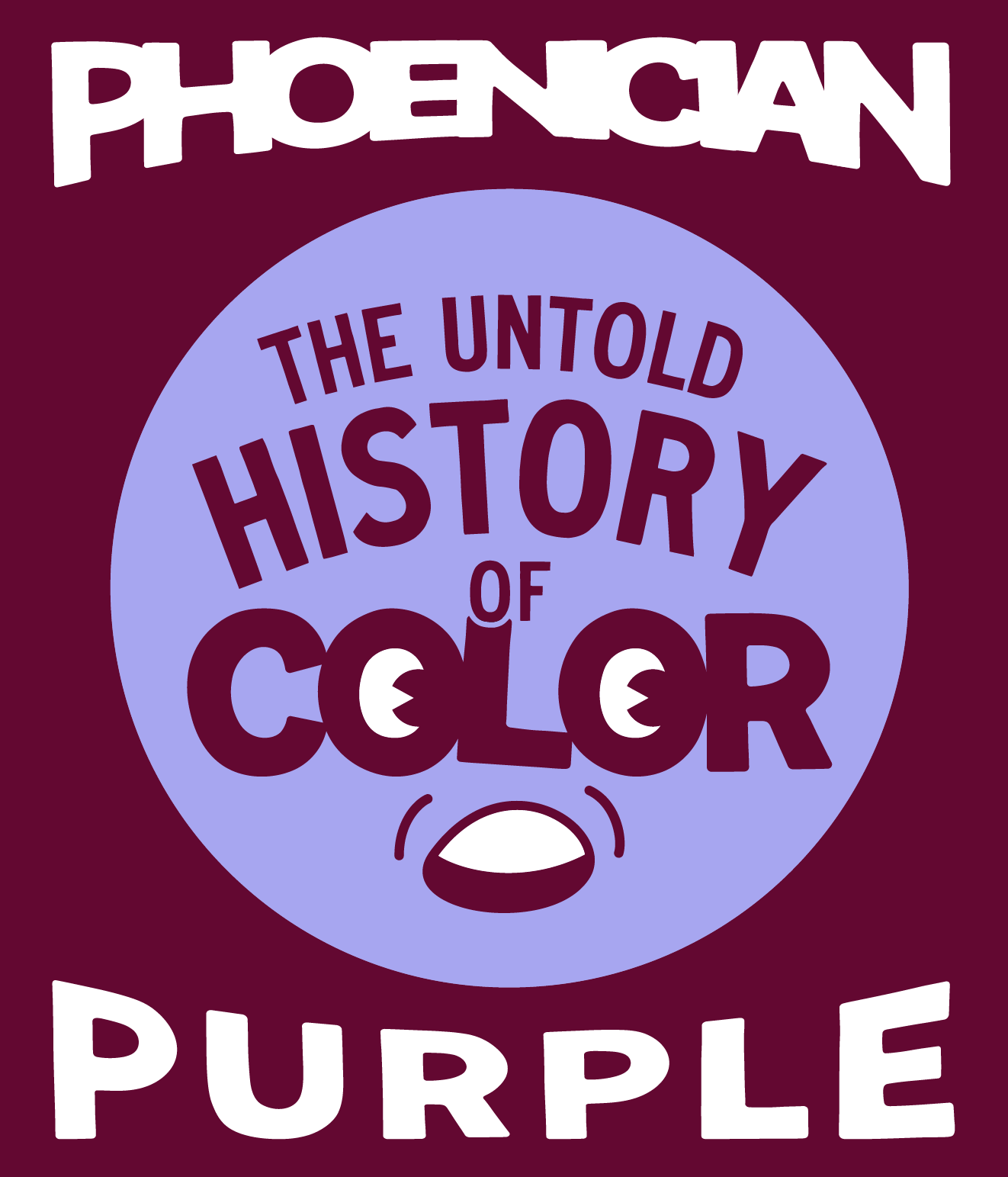
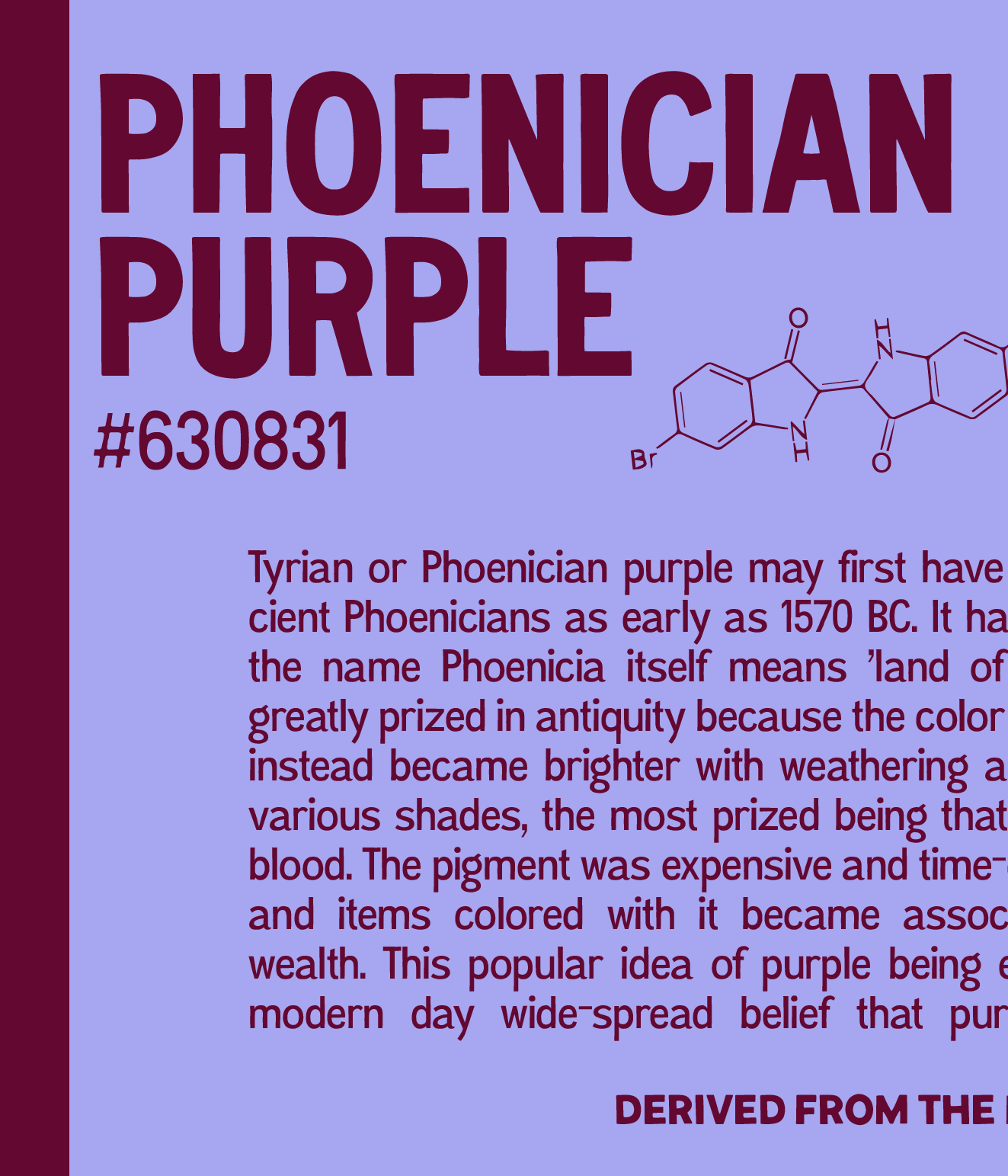
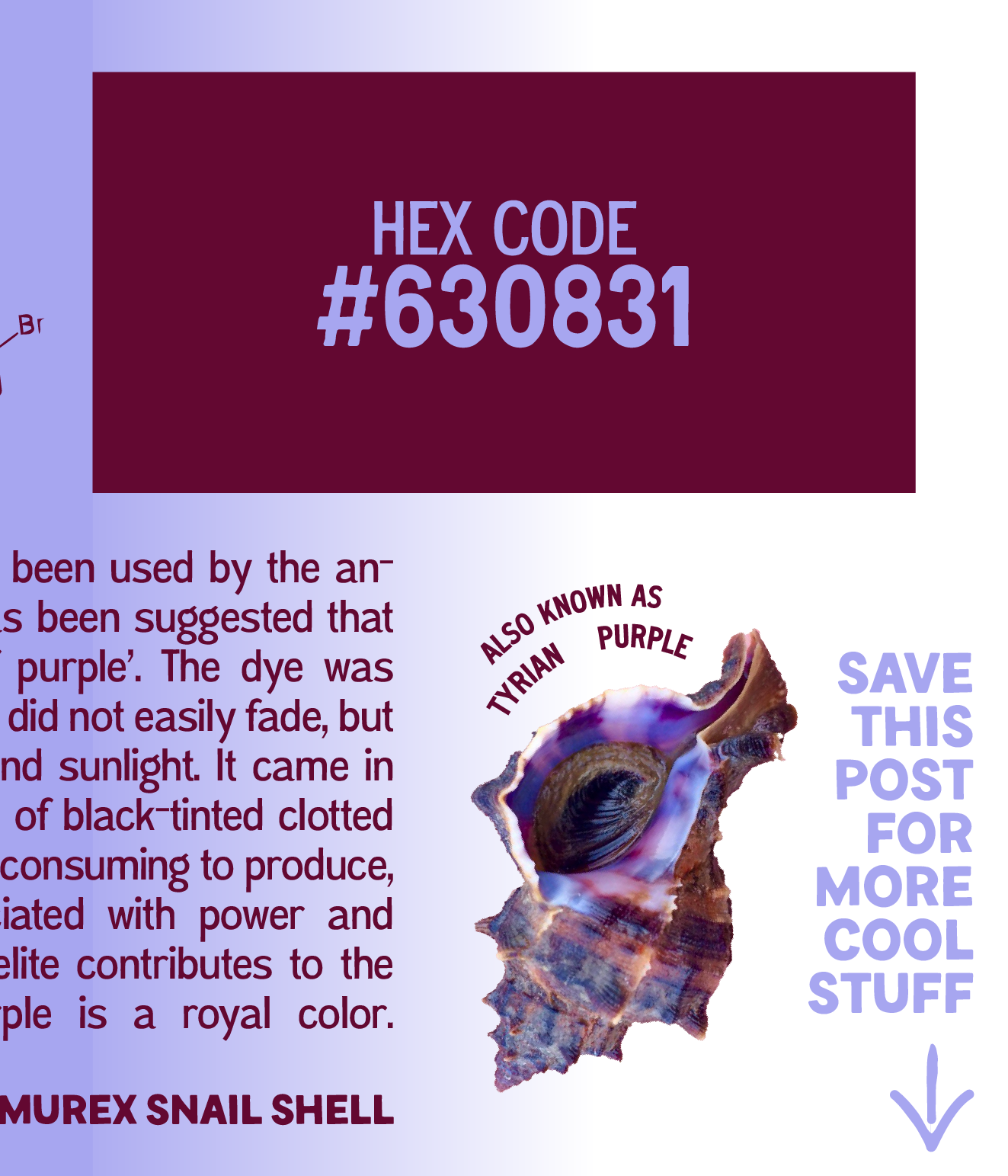
Also known as also known as TYRIAN PURPLE, ROYAL PURPLE, or TYRIAN DYE, this hue originated in Tyre (modern day Lebanon), a legendary metropolis in Ancient Phoenician lands. The dye, used to create deep purple garments, took many hours of manpower to extract from the shell of the Murex snail. As such, this color became associated with the wealthy ruling class. These purple garments were also in high demand because when bleached by the sun, they faded to a beautiful deep red (instead of losing their pigment like most).
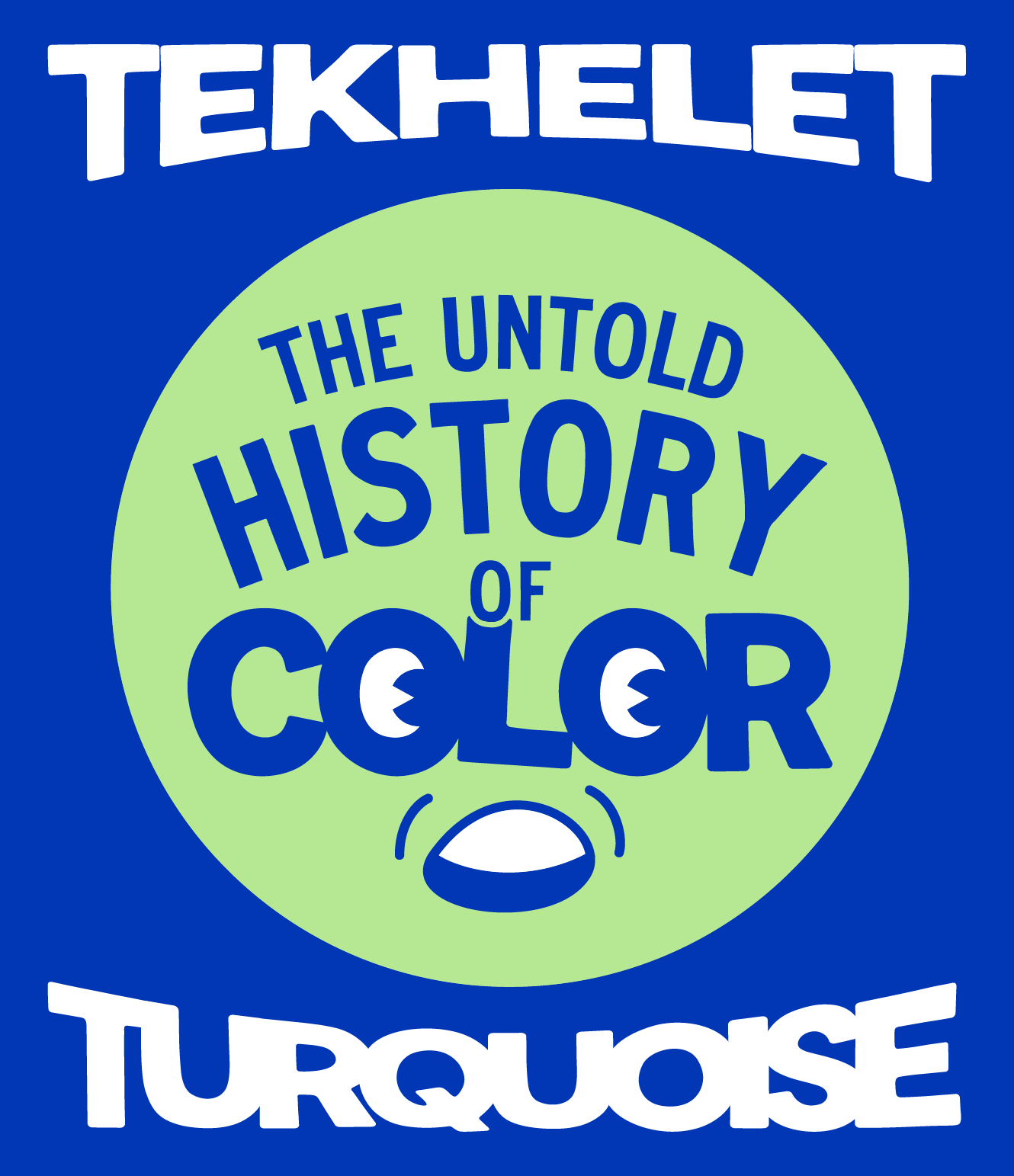
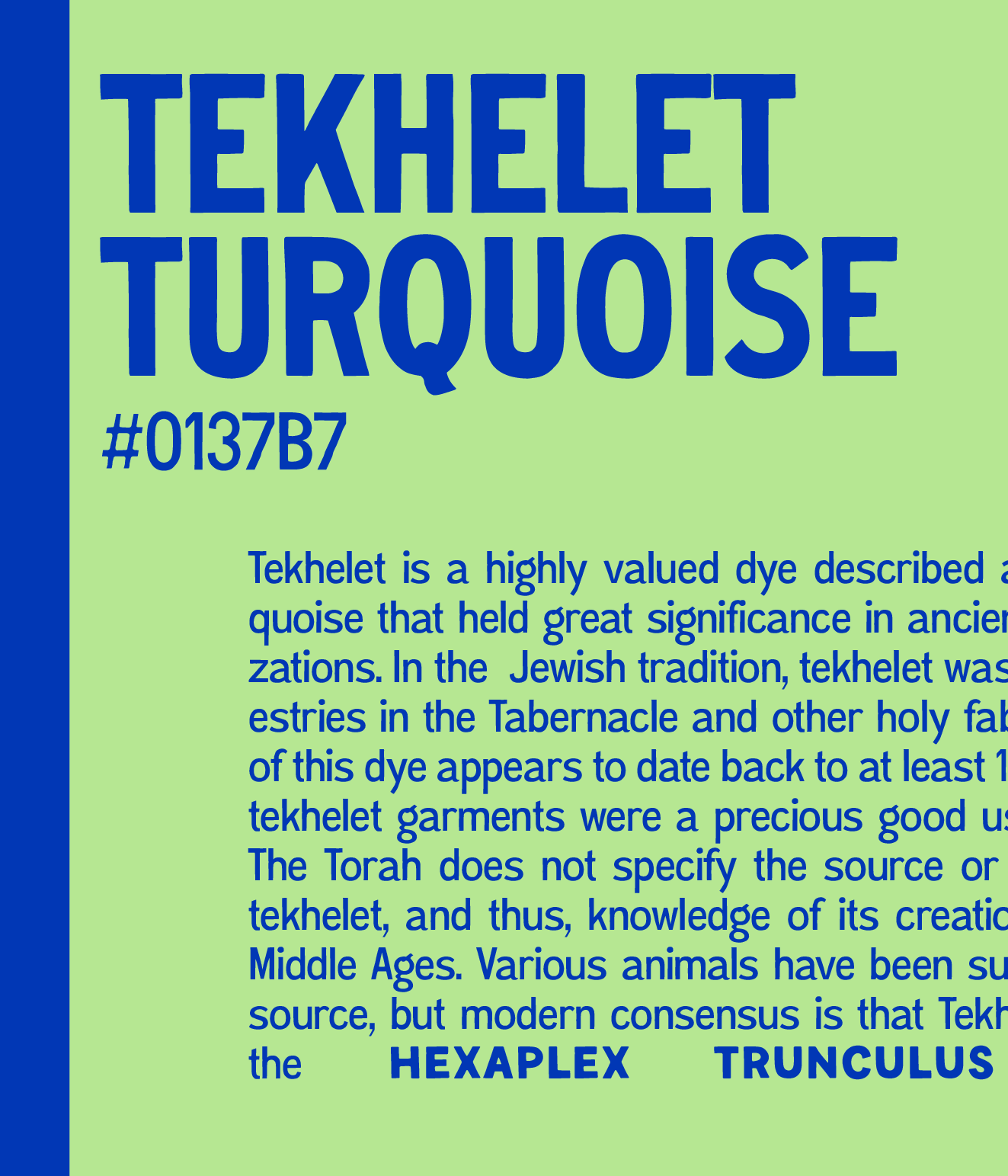
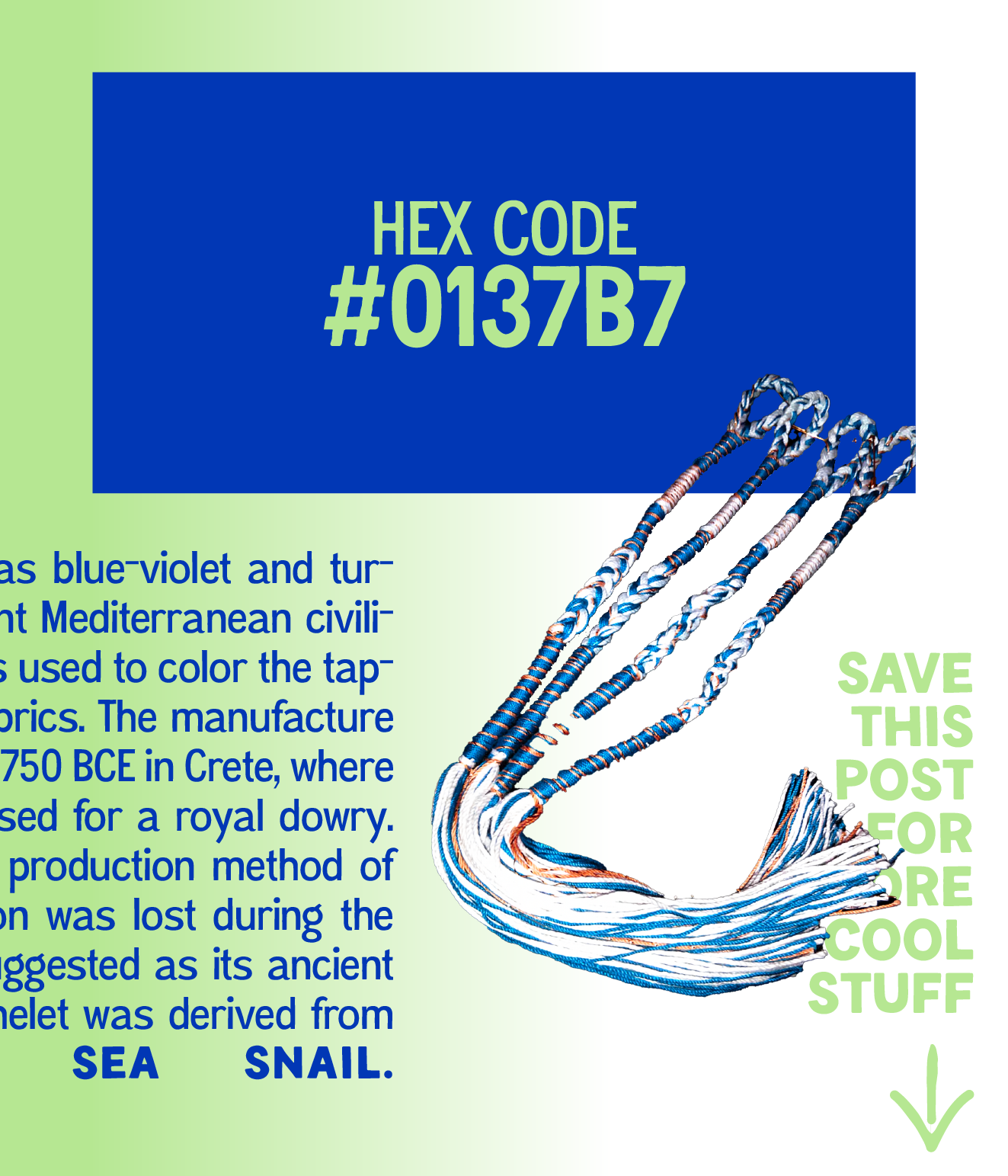
Tekhelet was a highly valued dye described as "blue-violet” or "turquoise" that held great significance in ancient Mediterranean civilizations, especially ancient Jewish religion. Mention of tekhelet can be found throughout the Old Testament, particularly in the third paragraph of the Shema. At some point following the Roman destruction of the Second Temple during the Siege of Jerusalem in 70 CE, the identity of the source of Tekhelet dye was lost. In recent times, many Jews believe that experts have identified the Ḥillazon and rediscovered the process for manufacturing tekhelet, leading to the revival of its use in tzitzit.

